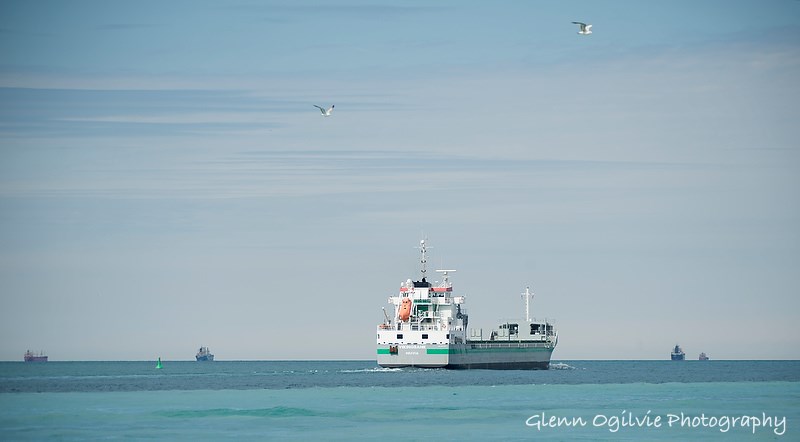We live in the Great Lakes Basin, an ecological area that contains an astonishing 20% or more of all the surface fresh water on the planet. All that water allows many millions of people on both sides of the border to live and prosper and it supports millions of species of plants, fish, insects and animals.
When my wife and I left N. Ireland in 1972 to come to Sarnia we were apprehensive about coming to an area that had a reputation for poor air and water quality. We had heard reports a few years earlier that Lake Erie was a biological dead zone.
Since then, however, Lake Erie’s water quality has rebounded and Sarnia’s air quality has improved along with an impressive reduction in pollution of the St. Clair River.
One of the greatest attractions for people moving to Sarnia is magnificent Lake Huron, the second largest of the Great Lakes. I have always been drawn to water. My father taught me to swim in the Irish Sea and swimming in the Lake brings me great joy during the summer.
As well as their natural beauty, Lake Huron and the St. Clair River provide the drinking water for a great many communities and they sustain many industries, including fishing and tourism.
We tend to take all that water for granted. Unlike Western Canada, which is experiencing a severe drought with no relief in sight, we often don’t think twice about watering our lawns and washing our vehicles. These activities could be banned in some areas in the future as they are in Australia.
Climate change is contributing to the West’s water woes as glaciers melt and rivers and groundwater levels recede. What about here? How is climate change impacting Lake Huron?
One obvious impact is the lack of winter ice. Winter storms now have free reign to batter the shoreline, speeding up shoreline erosion and driving up the costs to property owners and taxpayers to mitigate the destruction. What actions should we be considering?
Ice cover protects the lake and the shoreline. With ice cover the Sun’s radiant heat is reflected back into the atmosphere. The unprotected lake now is able to absorb the sun’s heat. Rising water temperatures lead to more evaporation and hence Winter and Spring have become wetter. Warmer water can also disrupt the biological balance of the lake. One example is the decline in whitefish populations as they require cold water and ice cover to successfully spawn.
Rising water temperatures also increase the risk of algal overgrowth which can make water undrinkable and lead to mass fish deaths. This problem has occurred in the recent past in Lake Erie and prompted the citizens of Toledo to pass the Lake Erie Bill of Rights which grants the lake legal rights and protections. In some other countries, rivers and lakes have been granted “legal personhood” allowing lawsuits to be brought against polluters on behalf of the river or lake.
We must become informed of the risks of climate change and pollution to Lake Huron. That is why Climate Action Sarnia Lambton has invited Pat Donnelly of the Lake Huron Coastal Centre to present “Tackling Climate Change on Lake Huron.” This will be held on Tuesday March 12 at 7pm at the downtown Sarnia library theatre and admission is free. I hope you can join us there.
Allan McKeown is a member of Climate Action Sarnia-Lambton.





